Vacuum Trucks What are They and How Do They Work? | Coleman Vacuum Systems
Vacuum Trucks
What are They and How Do They Work?
Vacuum pump trucks are by definition vacuum tanks that are truck mounted or vac trailer mounted coupled with a high velocity vacuum pump that hydraulically load wet and dry material via vacuum hoses.
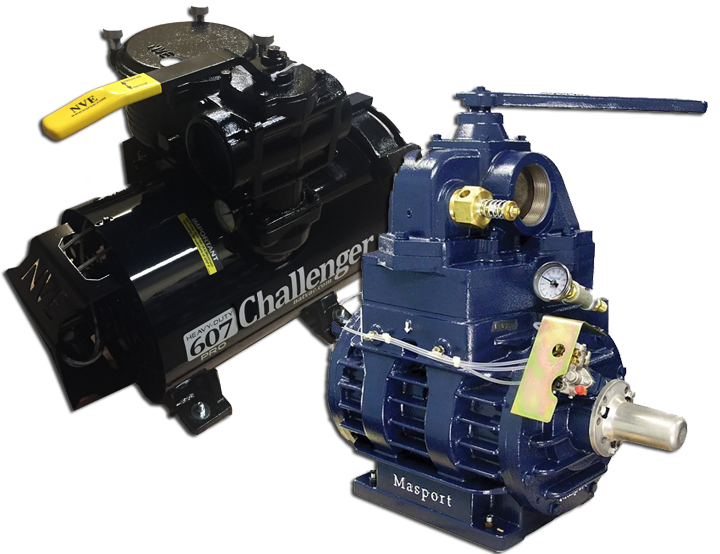
The vacuum unit is truck mounted or trailer mounted on either a single axle or quad axle.
Some units feature positive displacement blowers that operate in extreme weather conditions including temperatures as low as -35°F.
Vac truck manufacturers offer accessories such as core drills, water jetters or air compressors at the time of purchase or afterwards.
A liquid vacuum truck’s primary purpose is to transfer liquid and sludge waste to waste disposal companies.
Some units feature positive displacement blowers that operate in extreme weather conditions including temperatures as low as -35°F.
Vac truck manufacturers offer accessories such as core drills, water jetters or air compressors at the time of purchase or afterwards.
A liquid vacuum truck’s primary purpose is to transfer liquid and sludge waste to waste disposal companies.
Applications:
They are typically configured to meet the needs of cities, municipalities, chemical industries and the contractors who serve them. The common applications are:
However, the newest application is hydro excavation, where high pressure water jetter cuts the ground and a industrial vacuum loader hose moves debris into vacuum tanks.
In addition to residential, industrial and commercial waste disposal applications, vacuum trucks can be used in more specialised fields, such as:
- Helping workers locate underground tanks or lines
- Trench cave-in rescue and recovery
- Emergency response calls for dangerous and hazardous materials
The Oil and Mining industries use vacuum trucks to remediate soil pollution, empty sludge ponds and clean out storage tanks. They also use them at drilling sites to remove production site brine water, cement and drilling debris.
Disposal is done at treatment plants or waste disposal companies, and if biodegradable, may be spread across farmers’ fields.
Choosing the Right Vacuum Truck
It’s important to choose the right truck for the job. Since they serve such a variety of industries, it’s important to specify your operation’s particular requirements. For example, stainless steel tanks may be required to transport waste water, harsh chemicals, caustic acids and other corrosive liquids.
Stainless steel tanks are usually spec'd for septic and oilfield applications, because they are corrosion-resistant. Oilfield applications also require a heavy duty truck with excellent reliability ratings, given the severe conditions at the work site.
Stainless steel tanks are usually spec'd for septic and oilfield applications, because they are corrosion-resistant. Oilfield applications also require a heavy duty truck with excellent reliability ratings, given the severe conditions at the work site.
Size and weight of the vac truck may be a consideration if you need to negotiate city streets.
However, for large jobs you may need to consider a vacuum tank trailer with its much larger load capacity.
A vacuum truck manufacturer can configure for you a pumper cleaner, hydro-excavator, static vacuum tank, vane vacuum pump for bulk transport or non-destructive diggers.
However, for large jobs you may need to consider a vacuum tank trailer with its much larger load capacity.
A vacuum truck manufacturer can configure for you a pumper cleaner, hydro-excavator, static vacuum tank, vane vacuum pump for bulk transport or non-destructive diggers.

Before purchasing, it is essential to first calculate a budget.
- Equipment payments - are you financing through a bank or leasing?
- Insurance - Liability and collision
- Gas and oil
- Maintenance: Tires, tune-ups, debris body cleaning, hydraulic system service.
Vacuum trucks are a substantial investment and you need to know whether your business can support this cost.
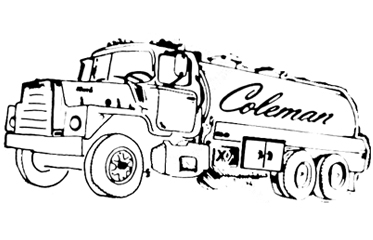

Your budget will determine what kind of truck you can afford. You can then find the right equipment at the right price.
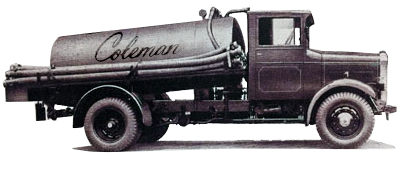
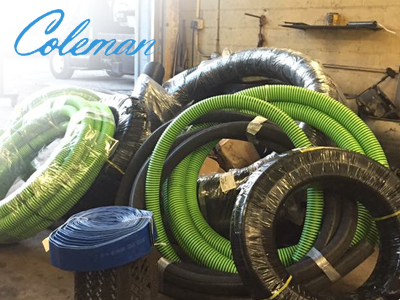


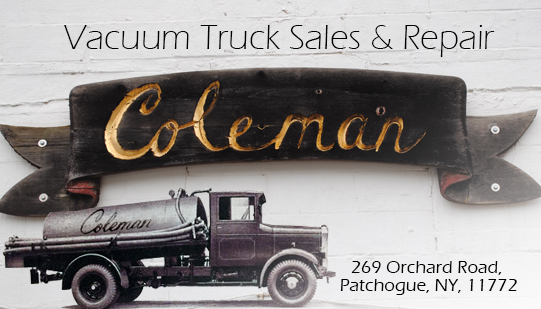

Comments
Post a Comment